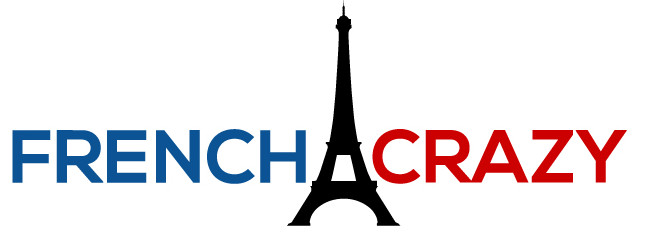Forget McDonalds or the Louvre cafeteria… part of the reason for being in France is to experience French food! The following article will present the different “dining” establishments of France. If you are looking for vocabulary and tips on how to order food in France this article provides all of that in detail.
Cafés:
These quaint, little establishments truly sing French Culture, and are a great experience. Most cafés offer a myriad of drinks, aperitifs, sandwiches, and classic french dishes… the menus are usually posted outside so that passersby know everything before seating themselves. If you find a café you like, simply seat yourself and you should be served once spotted (if not, go inside and inform them). Plan to spend at least thirty minutes, bring a book, people watch, talk to a friend, the ambiance is all part of the trip.
In France, café society is on a decline (from 200,000 cafés to less than 50,000!). Nowadays, people just make their own coffee, or buy a sandwich elsewhere and walk to work. Some French people have taken an Anglo-Saxon attitude of ordering water, eating their food quickly, and leaving… c’est horrible!
Boulangeries:
“A boulangerie?” you ask, “isn’t that a bakery?”. Well, yes it is a bakery, but many boulangers have expanded their horizons; they also offer coffee, pastries, sandwiches, and much more. If you know that a boulangerie has good bread, then you can assume they use the same quality bread to deliver an amazing sandwich!
Bistros and Brasseries: Bistros are fairly common in France, these small restaurants often serve traditional, home cooked meals. You’ll find hearty stews, slow-cooked dishes, and robust meat courses. This type of cuisine traditionelle can’t go wrong with a nice glass of wine. After the fall of Napoléon, it’s said that Russian occupational troops would cry “Bystro!” while ordering in Paris (“quickly” in Russian). The food does seem to come out quicker than a full fledged French restaurant, but that doesn’t mean you need to eat it quickly!
Bistros are fairly common in France, these small restaurants often serve traditional, home cooked meals. You’ll find hearty stews, slow-cooked dishes, and robust meat courses. This type of cuisine traditionelle can’t go wrong with a nice glass of wine. After the fall of Napoléon, it’s said that Russian occupational troops would cry “Bystro!” while ordering in Paris (“quickly” in Russian). The food does seem to come out quicker than a full fledged French restaurant, but that doesn’t mean you need to eat it quickly!
Brasseries are a more upscaled, but relaxed eating establishment. Here you’ll find printed menus, white linen-covered tables, and professional service (not always the case with a bistro). These bustling restaurants typically feature Alsatian dishes (braised-pork, tenderloins, ribs); a variety of seafood (crabs, oysters, fish); or several different cold dishes/ meaty entrées. Many brasseries don’t change their menu throughout the day (i.e, lunch versus dinner), but they may offer different “of the day” specials. “Brasserie” essentially means brewery in French, so expect them to offer beer (you may be lucky and find a Brasserie that makes it’s own beer! (Quelle Chance!) I would highly recommend visiting a brasserie during your stay in France.
Crêperies:
A crêperie is a restaurant or small vendor that specializes in selling crêpes. These establishments vary from small-wheeled carts to café style restaurants (I prefer the latter). Because crêpes can be served as both a main dish or a dessert, you can find a wide variety of ways to adore a simple French staple. Crêperies not only sell crêpes, but drinks to accompany them (coffee, tea, cider). You may stumble upon a crêperie with a diverse selection of foods (not just crêpes), it all depends on where you go.
Restaurants:
I’m sure everybody generally knows what going to a restaurant would entail. Upscale French restaurants are sometimes reservation only, each restaurant serves a different style of food, and some restaurants are even run by top notch French chefs. Expect good service, excellent food, and a somewhat large bill, if not, then you may have missed out on a true French experience! I will discuss French restaurants in more depth within this article.
To return to our French food section, click HERE.
To go to our French people section, click HERE.



